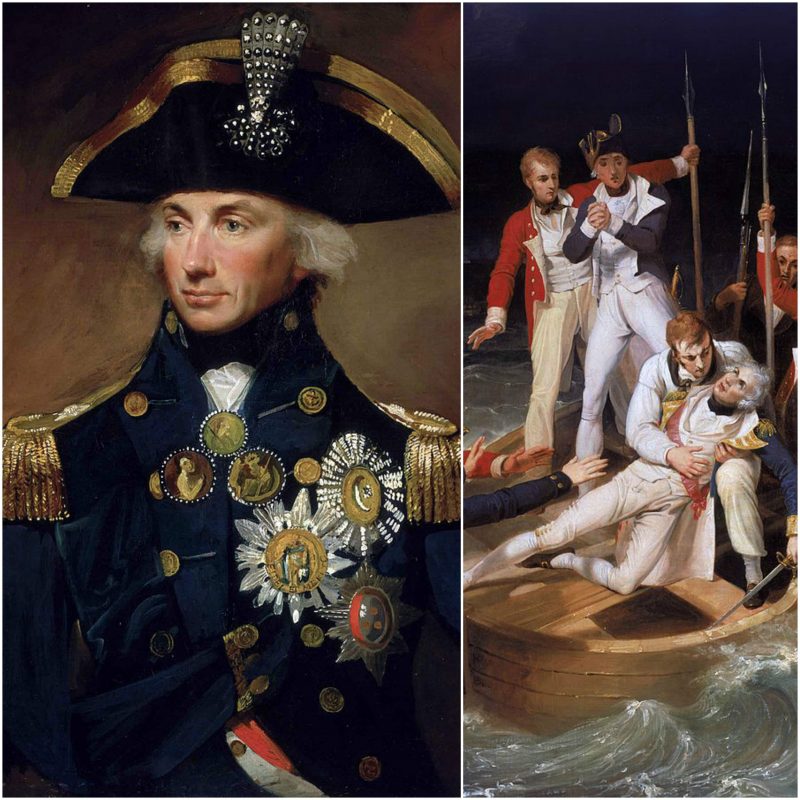Vice Admiral Horatio Nelson (29 September 1758 – 21 October 1805) was a British flag officer who was known for his outstanding skills in naval combat, loyalty, and leadership among his men in the Royal Navy. He confirmed British naval supremacy over France during the Napoleonic Wars. He is also remembered for his famous battle cry during the critical Battle of Trafalgar: “England expects that every man will do his duty.”
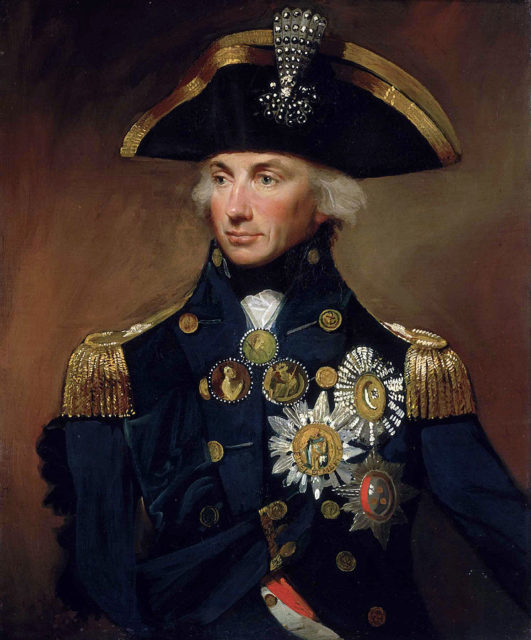
He was born in Burnham Thorpe, Norfolk, as the sixth of eleven children. At the young age of twelve, he joined the navy on a ship which his uncle, Maurice Suckling, commanded. Because of his remarkable seamanship, he rose through the ranks and became a captain at the age of 20. He suffered from several illnesses and injuries during his career, lost sight in his right eye, lost his right arm, and was also plagued by an acute form of sea-sickness throughout his 35 years of service. Known for imbuing strength and good morale in his men, his sense of leadership and bold actions were revered among the soldiers.
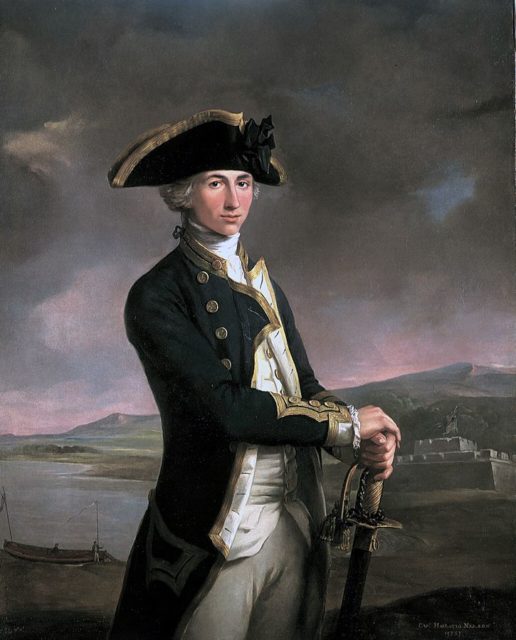
The captain’s first service was in the West Indies for commercial work and he married Frances Nisbet in 1787 in Nevis (although he had affairs with Emma Hamilton, Frances was a devoted wife to the admiral). Nelson settled for five years because of cutbacks to the navy and decided to return to his duties only when he was needed.
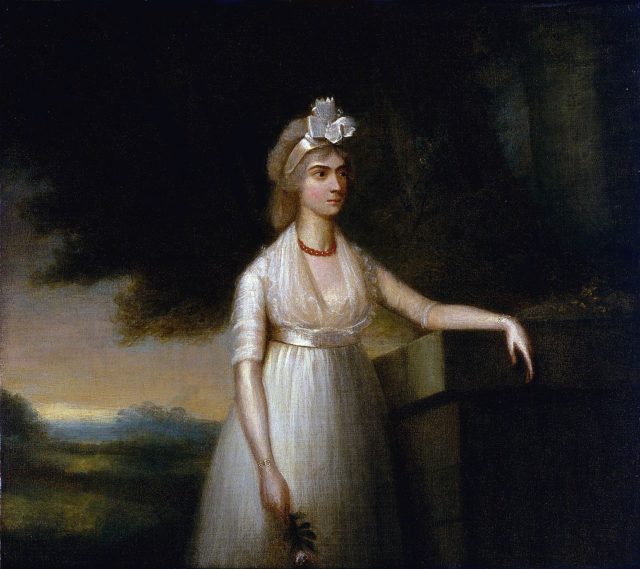
During his service, many victories would ensue, as he would prove to be very daring and courageous in his battles. He even defied important orders: during the Battle of Copenhagen, he deliberately ignored an order to withdraw (jokingly, he put his spyglass on his bad eye and claimed he couldn’t see any ships), ultimately winning an unexpected victory. During the French Revolutionary Wars from 1793, he commandeered the Agamemnon, destroyed Napoleon’s fleet at the Battle of the Nile in 1798, captured Napoleon’s home island of Corsica, fought in the battle at Calvi and famously lost his right arm during the Battle of Santa Cruz de Tenerife in 1797, which resulted in victory for the Spaniards.
The infamous battle of Santa Cruz de Tenerife was a life-changing event, as the lost arm would turn out to be a bitter reminder of defeat for the acclaimed admiral, and he would be troubled by phantom pains for the rest of his life. Although proving victorious at the Battle of Cape St. Vincent, Admiral Jervis failed to destroy the last remaining Spanish ships at the port city Cadiz, for which he took responsibility. The assault was a disaster and the Spanish forces gained momentum with exceptional defense. With his men defeated and weak-willed, Admiral Jervis turned his spyglass to Santa Cruz de Tenerife in the Canary Islands, in July 1797, which was a stopping point for treasure ships.
The goal was to finish the battle that Admiral John Jervis had started, so he dispatched the newly promoted Rear Admiral Nelson, along with the other captains of his fleet (whom Nelson had called “his band of brothers”), to capture the island. Meanwhile, Nelson was just completing his work in the Mediterranean and was to rejoin Jervis in his assault. The Spanish defense was led by Lieutenant General Antonio Gutierrez and was well-prepared for any attack. The British forces counted nearly 4,000 men with three frigates, three ships of the line, a cutter, a gunboat and 400 guns, while the Spanish defenders had 1,700 men and 91 guns.
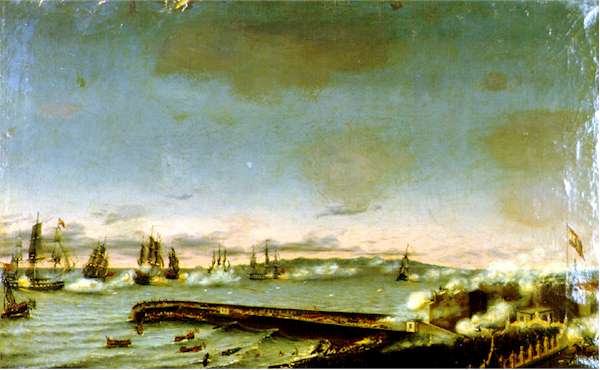
He scouted the island with two frigates and they captured two ships that gave away Tenerife’s defenses. The battle was fought in multiple sequences, and the British suffered heavy losses. Admiral Nelson arrived off Tenerife on July 17th and was later reinforced by Captain Thompson. While Captain Troubridge had to conduct nighttime landing northeast of Santa Cruz in order to capture the coastal batteries around town, Nelson was responsible for capturing the Spanish shipping as he approached the harbor. If the city did not surrender, Captain Troubridge was to assault the town with around 1,000 men.
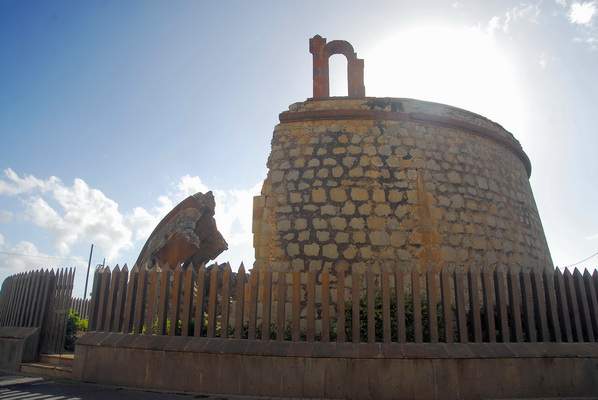
The assault was well-planned and carefully equipped, but to no avail, as the already alerted Spanish gunners opened fire and inflicted serious damage to the British troops, compelling Troubridge to fall back. A second attempt was made where Troubridge succeeded in landing his troops but failed to bring any artillery. He instructed his men to close in on the Spanish troops and try to reach the shore. It was then that Nelson personally took the initiative in the next attack, which cost him his arm. He was wounded around 11:00 PM on July 24 and was quickly taken back to the ship Theseus, where the ship’s medical staff amputated the injured limb. After thirty minutes, the steel-nerved admiral continued to fight, while Troubridge was threatening Gutierrez with burning San Jose if he didn’t surrender. Ignoring the warning, Gutierrez cut off Troubridge’s troops, forcing Troubridge to request honorable terms for a withdrawal.
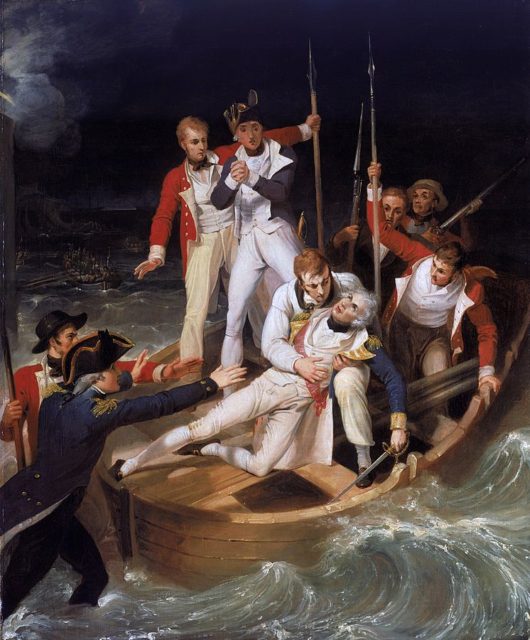
The death toll reached 250 British crew members dead and 128 wounded, while the Spanish had around 30 dead and 40 wounded. The catastrophic battle had cost Admiral Nelson’s right arm. He sent a letter to Jervis, voicing his distress: “A left-handed admiral will never again be considered as useful, therefore the sooner I get to a very humble cottage the better, and make room for a better man to serve the state.” Still, he was greeted as a hero for his achievement at Cape St. Vincent. Badly wounded, the arm had to be amputated, preventing possible infection.
For the remainder of his life, he felt that his lost arm was somehow still there and that he felt an annoying mild pain. He thought that this bizarre occurrence was proof that the soul existed. Medical reports claim that the surgeons improperly amputated his wounded limb, and had some complications regarding the nerve endings, thus provoking the sensation that his arm was still intact.
The famed admiral died victorious during the Battle of Trafalgar in 1805, on his ship with his backbone shot through. Not to alarm his men, he covered his face with a handkerchief when he was taken bellow the deck for medical attention, where he murmured his last words: “God and my country.”
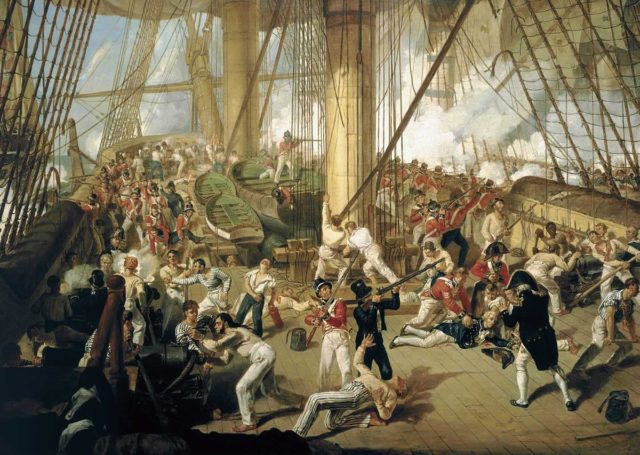
The state would later erect a column in his honor, which is now located in Trafalgar Square in central London. The Russian Vice-Admiral Dmitry Senyavin was the first to offer tribute upon hearing about Admiral Nelson’s death, sending a squadron to salute the fallen hero of the Royal Navy.
Allegedly, King George III burst into tears upon hearing the news: “We have lost more than we have gained. We do not know whether we should mourn or rejoice. The country has gained the most splendid and decisive Victory that has ever graced the naval annals of England, but it has been dearly purchased.” This victory was a critical point in history which made Nelson a symbol of national pride and he will continue to be forever remembered as one of the greatest military figures in Britain.
